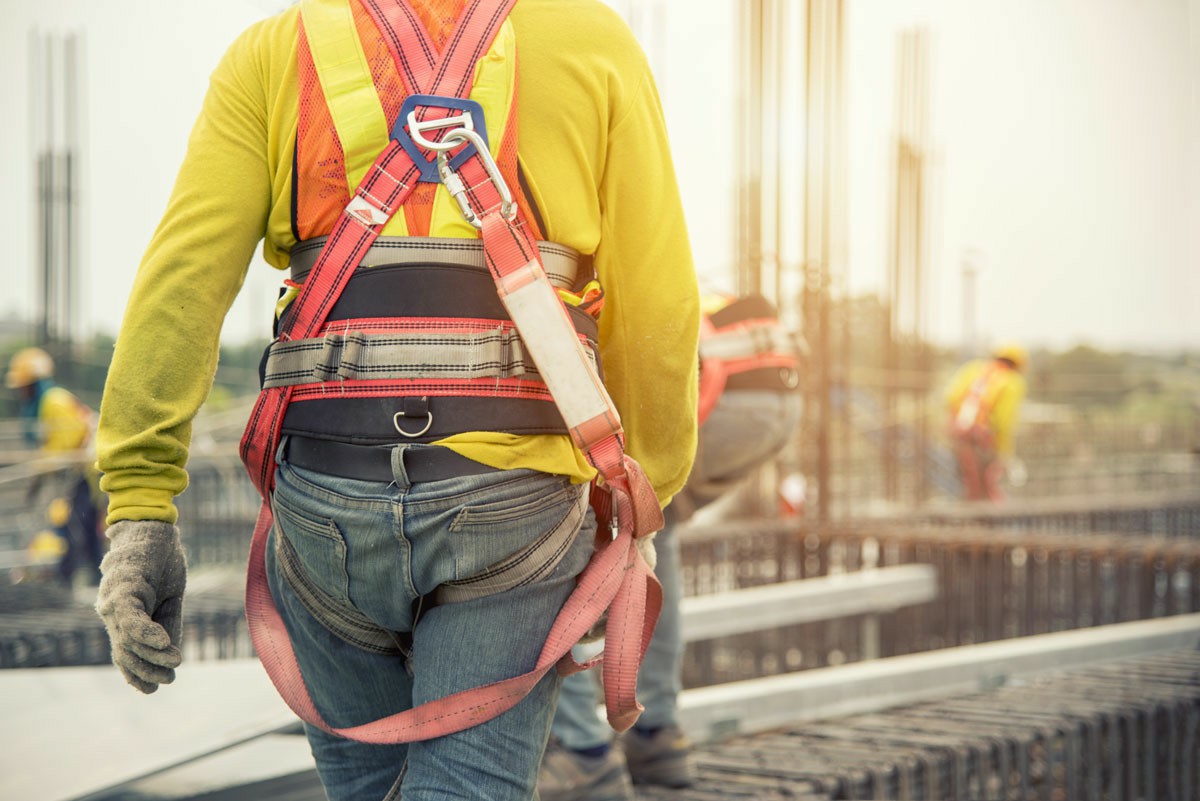Avoiding Common Pitfalls When Working at Heights: Essential Insights and Training
Working at heights presents unique challenges and risks that can lead to serious accidents if not managed properly. The construction industry, maintenance work, and various other sectors frequently involve tasks that require workers to operate above ground level. Unfortunately, it is not uncommon for workers to make costly mistakes that jeopardize their safety and that of their colleagues. In this post, we will delve into the most common mistakes made while working at heights and explore how comprehensive Working at Heights training can prevent them.
Common Mistakes Workers Make When Working at Heights
1. Incorrect Equipment Usage
One of the most egregious mistakes is the improper use of equipment. This can manifest in various ways:
- Using the Wrong Harness: Not all harnesses are created equal. Some are designed for specific types of work. For example, a fall arrest harness should not be used for climbing. Workers might opt for a harness that is not certified or fails to meet specific safety standards, increasing their chances of injury.
- Improper Scaffold Setup: Scaffolds must be erected according to the manufacturer's instructions. Failure to secure scaffolding properly or using damaged components can result in collapse and severe injuries.
- Neglecting Inspections: Before using any equipment such as ladders, hoists, or scaffolds, workers should conduct thorough inspections. Missing this vital step can lead to accidents that might otherwise have been preventable.
2. Lack of Risk Assessment
A fundamental step often overlooked is conducting an adequate risk assessment before starting work at height. Failure to identify hazards can have dire consequences:
- Ignoring Environmental Conditions: Weather conditions can significantly impact safety. High winds, rain, or icy surfaces should always be considered, as they increase the risk of slips and falls.
- Neglecting Surrounding Equipment: Tools and materials placed near edges pose risks. Without proper assessment, workers may accidentally trip or accidentally knock tools off the edge, creating hazards for those working below.
3. Failure to Follow Safety Procedures
Established safety procedures are in place to protect workers. Ignoring these protocols can lead to tragic outcomes:
- Not Using Fall Protection: Skipping the use of personal protective equipment (PPE) such as helmets, harnesses, and guardrails exposes workers to unnecessary risks. Following the prescribed safety measures can make a significant difference.
- Improper Tool Handling: Tools must be adequately secured, especially when working above ground. Failing to use tool lanyards can result in tools falling and posing dangers to those below.
- Lack of Communication: Working in teams to complete tasks at height requires clear communication. Failure to ensure everyone is aware of their surroundings and roles can lead to accidents.
How Training Prevents Mistakes
Investing in Working at Heights training is crucial for fostering a culture of safety. Here’s how structured training programs address the common mistakes highlighted:
1. Equipment Familiarization
Workers receive comprehensive instruction on the proper use of equipment designed for working at heights. This includes:
- Understanding different types of harnesses and their applications.
- Learning to set up scaffolding correctly and safely.
- Conducting thorough inspections of equipment before use.
2. Risk Assessment Training
Participants in Working at Heights Courses learn to identify potential hazards in their work environment. Training emphasizes:
- Recognizing environmental conditions that may increase the risk of accidents.
- Conducting pre-work risk assessments to ensure a safe working environment.
3. Emphasis on Safety Procedures
Training courses stress the importance of following established safety protocols, including:
- Consistent use of fall protection and safety gear.
- Regularly practicing safe tool handling techniques.
- Ensuring clear communication among team members during tasks.
Real-World Examples of Improved Worker Safety
There have been numerous cases where organizations that invested in Certified Working at Heights Training saw a significant improvement in workplace safety. For example:
- A construction company in Dublin adopted mandatory Working at Heights Certification Dublin for all employees. Following the training, they reported a 40% decrease in fall-related incidents.
- A maintenance team in Cork implemented a similar training program, leading to the identification and rectification of several previously unnoticed hazards that could have resulted in accidents.
Conclusion: Protecting Lives through Training
A commitment to Working at Heights Safety requires diligence, proper training, and the willingness to integrate safety protocols into daily tasks. By addressing the common mistakes made while working at heights through comprehensive training programs, organizations not only protect their workers but also promote a culture of safety that benefits everyone. We encourage all workers and employers to enroll in a Working at Heights Safety Course to enhance workplace safety and compliance.
For more information on Working at Heights Course Online, visit Ireland Safety Training or contact us at [email protected].



 349,500 Offered Certificates
349,500 Offered Certificates
 24/7 Online Training
24/7 Online Training
 Money Back Guarantee
Money Back Guarantee
 Fully Accredited Courses
Fully Accredited Courses
